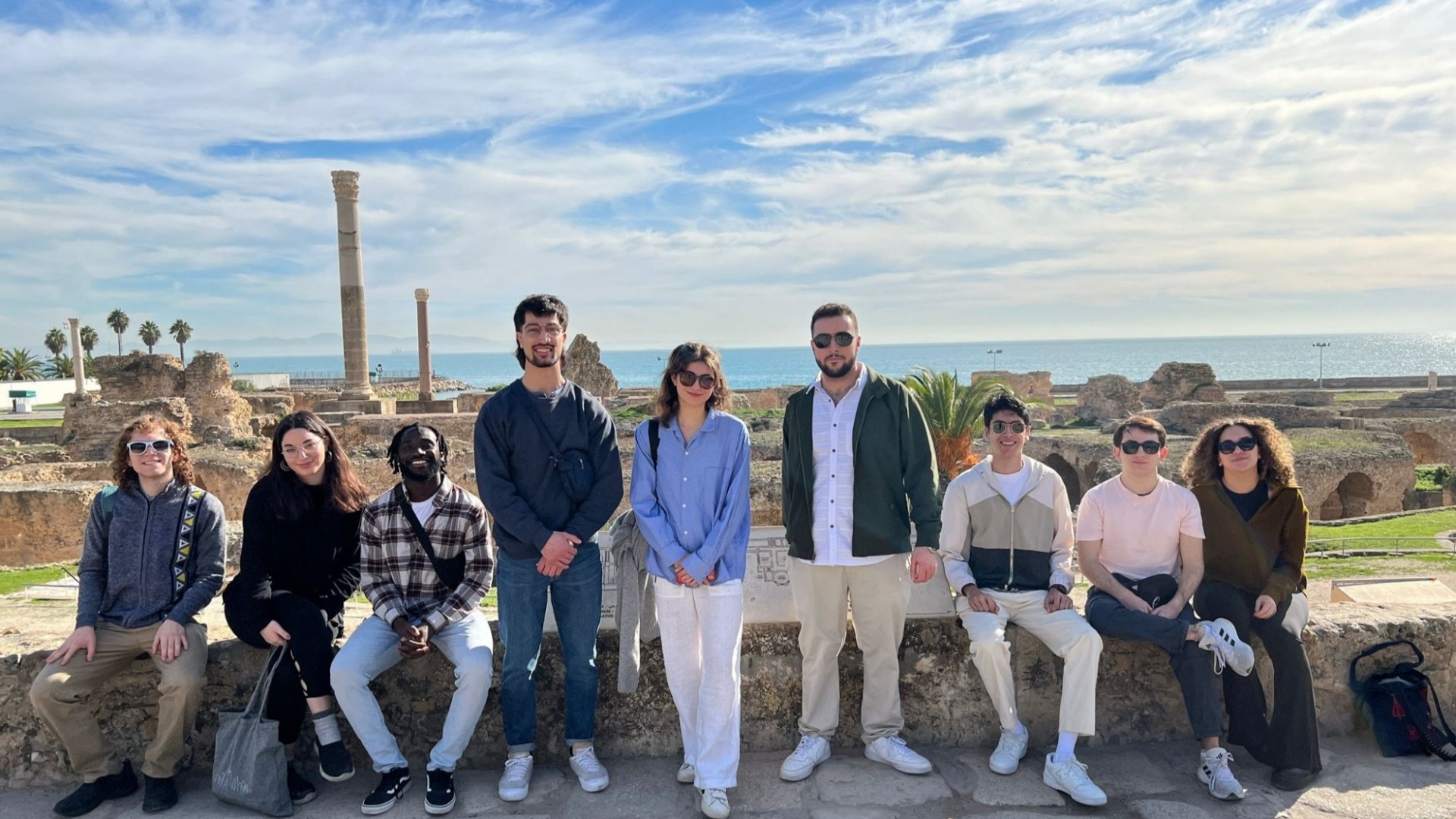During their 10-day exploration of Tunisia, the Kraft Global Fellows enjoyed a guided tour of the extensive archaeological site of Carthage, a location of great historical importance not only to Tunisia but also to the broader Mediterranean region.
Established by the Phoenicians in the 9th century BCE, Carthage became a significant trading power in the Mediterranean. Its rivalry with the Roman Empire resulted in conflicts, culminating in the city's downfall in 146 BCE. Following this, Carthage was reconstructed and became known as Roman Carthage, leaving a lasting mark on history.
Over the centuries, Carthage became a meeting point for various cultures, including Phoenico-Punic, Roman, Paleochristian, and Arab influences. Founded at the end of the 9th century BCE by Elyssa-Dido, the city produced notable figures, with one such individual being the strategist Hannibal.
By exploring the different components of the archaeological site, including the Punic ports, Tophet, theater, amphitheater, residential areas, and more, the students gained a hands-on understanding of Carthage's diverse historical layers.

